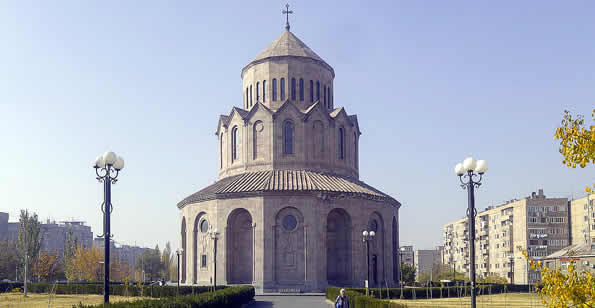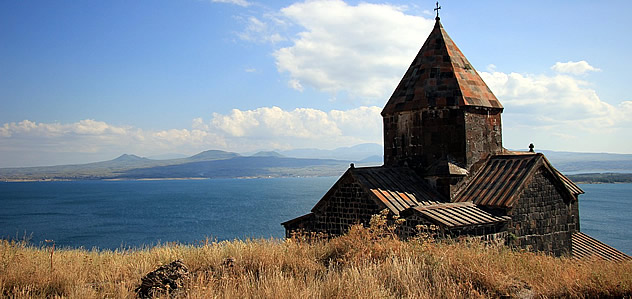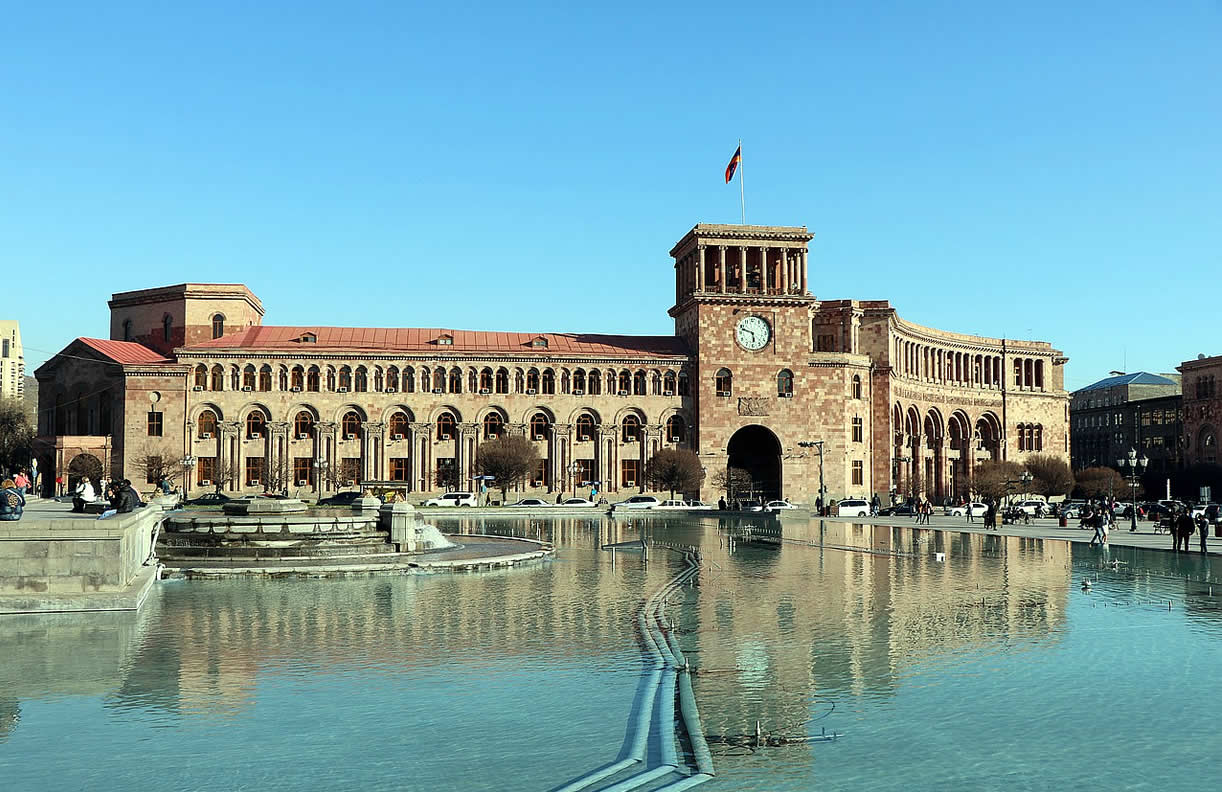Armenia, officially known as the Republic of Armenia, is a country located in the South Caucasus. Its capital is Yerevan. From a historical and cultural perspective, the country is sometimes considered European and is a member of the Council of Europe. Armenia borders Turkey to the west, Georgia to the north, and Azerbaijan to the east. Additionally, it borders Iran and the Azerbaijani enclave of Nakhchivan.

Armenia is a land of ancient history, medieval monasteries, breathtaking landscapes, and rich culture. Here are eight reasons to discover this fascinating nation:
Medieval Monasteries: Armenia is home to numerous ancient monasteries and churches, often located in scenic spots. The rock-hewn Geghard Monastery and the cliffside Tatev Monastery are just a few examples.
Gorges and Mountains: The gorges of Armenia offer spectacular landscapes and hiking opportunities. The mountains of the Armenian Highlands are ideal for nature lovers.
Lake Sevan: Lake Sevan is one of the largest alpine lakes in the world, offering sandy beaches and panoramic views.
Culture and Traditions: Armenia has a rich culture, with traditional dances, folk music, and unique crafts.
Gastronomy: Armenian cuisine is delicious and varied, with dishes like khorovats (barbecue), lavash bread, and pomegranate desserts.
Yerevan: The capital, Yerevan, is a vibrant city with an ancient history, interesting museums, and a lively nightlife.
Churches and Monuments: In addition to medieval churches, Armenia also has archaeological sites like Zvartnots and the Temple of Garni.
Armenian Hospitality: Armenians are known for their warm hospitality and welcoming nature.
History of Armenia
History of Armenia: Armenia’s history is rich and dates back to prehistoric times. Here are some highlights:
Kingdom of Urartu: Armenia’s ancient history begins with the Kingdom of Urartu, which ruled the area from 1000 BC for about 500 years. The name “Armenia” likely derives from the sacred Mount Ararat, mentioned in the Old Testament and located on the modern border between Turkey and Armenia.
Foreign Influences: Over the centuries, Armenia has been influenced by various foreign powers. The Roman Empire conquered Armenia in 30 BC, followed by Persians, Byzantines, Arabs, Mongols, Turks, Russians, and others who ruled Armenia at different times.
Orontid Dynasty: Between 600 BC and 200 BC, Armenia was ruled by the Orontid dynasty.
Armenian Genocide: One of the most tragic moments in Armenia’s history was the Armenian Genocide of 1915, when Turks massacred over a million people. April 24 is the day Armenians commemorate this painful event.
What to See in Armenia
What to See in Armenia: Armenia is a fascinating destination with ancient history, stunning natural landscapes, and a wealth of churches and historical monuments. Here are some of the top tourist attractions in Armenia:
Yerevan: The capital of Armenia, Yerevan, is a great starting point for exploring the country. The city is home to the majestic Republic Square and the Cascade, a complex of stairs and terraces with a panoramic view of the city.

Kobayr Monastery: Located in the Lori region, Kobayr Monastery is a historic site with spectacular views of the surrounding mountains. It is a peaceful and evocative place to visit.
Temple of Garni: This pagan temple dates back to the 1st century AD and is one of the few remaining Hellenistic temples. It is situated near the village of Garni and offers panoramic views of the Azat River valley.
Geghard Monastery: This rock-hewn monastery is a UNESCO World Heritage site. It is renowned for its cave churches and medieval carvings.
Khor Virap Church: Situated at the foot of Mount Ararat, this church offers a spectacular view of the majestic volcano.
Lake Sevan: Lake Sevan is one of the largest alpine lakes in the world, surrounded by mountains and sandy beaches. It is an ideal place to relax and enjoy nature.

Tatev Monastery: This medieval monastery is located on a cliff and offers a panoramic view of the Vorotan River gorge.
Dilijan: Known as the “Little Switzerland” of Armenia, Dilijan is a spa town surrounded by forests and mountains.
Khndzoresk Caves: These rock-hewn caves have been inhabited since the Stone Age and offer a unique experience for history enthusiasts.
Zvartnots Archaeological Site: This ancient religious complex dates back to the 7th century and has been designated a UNESCO World Heritage site.

